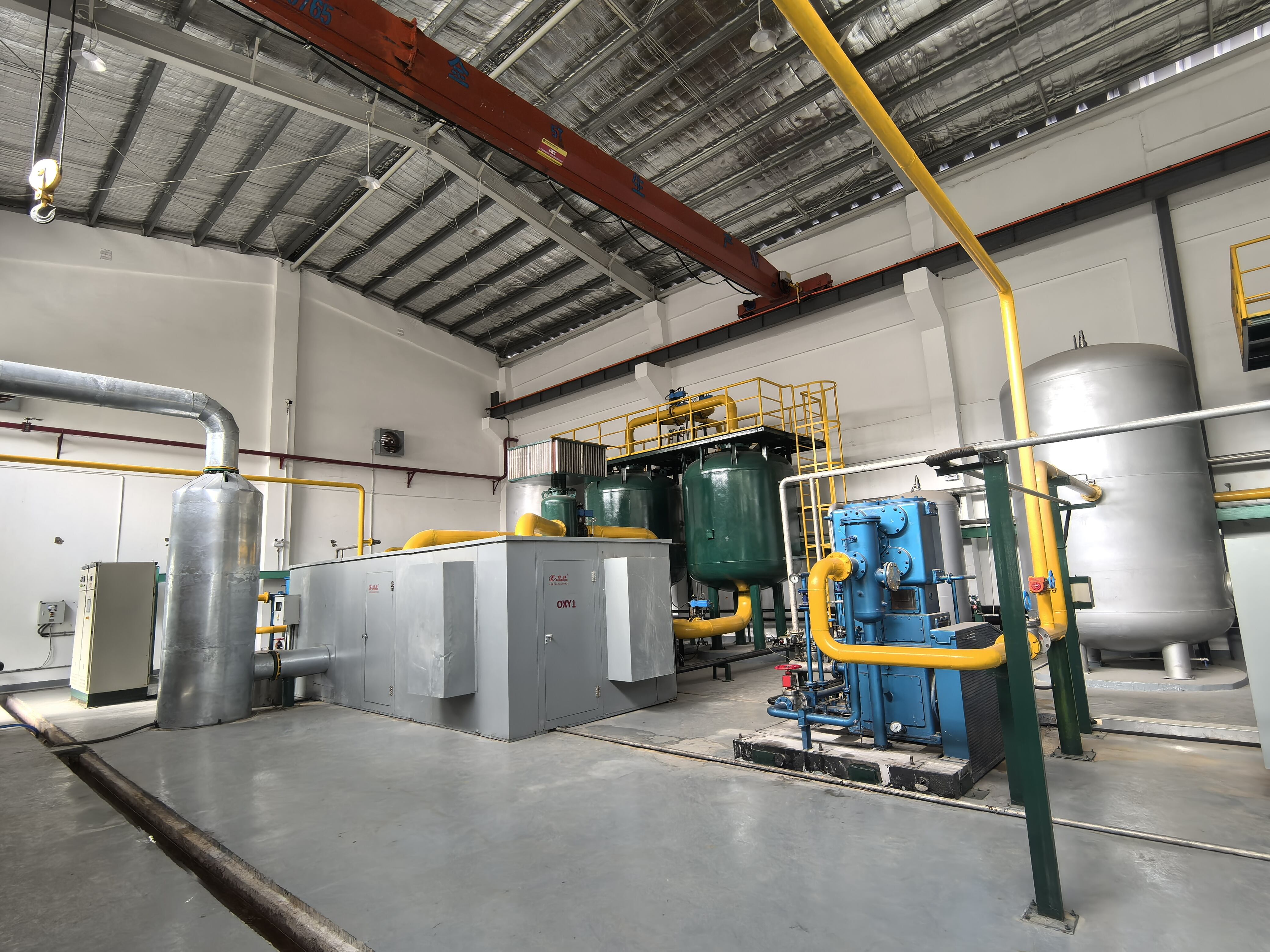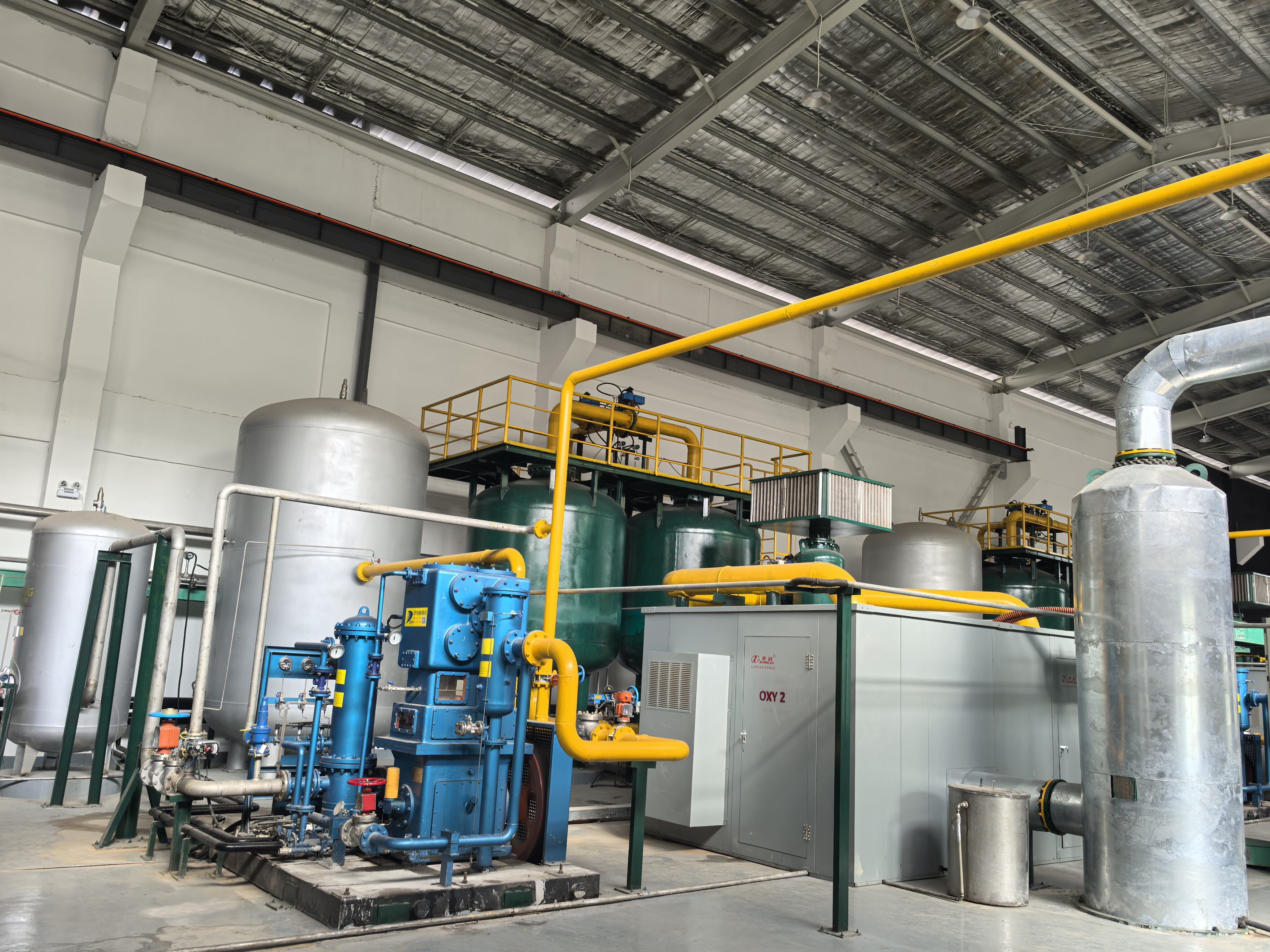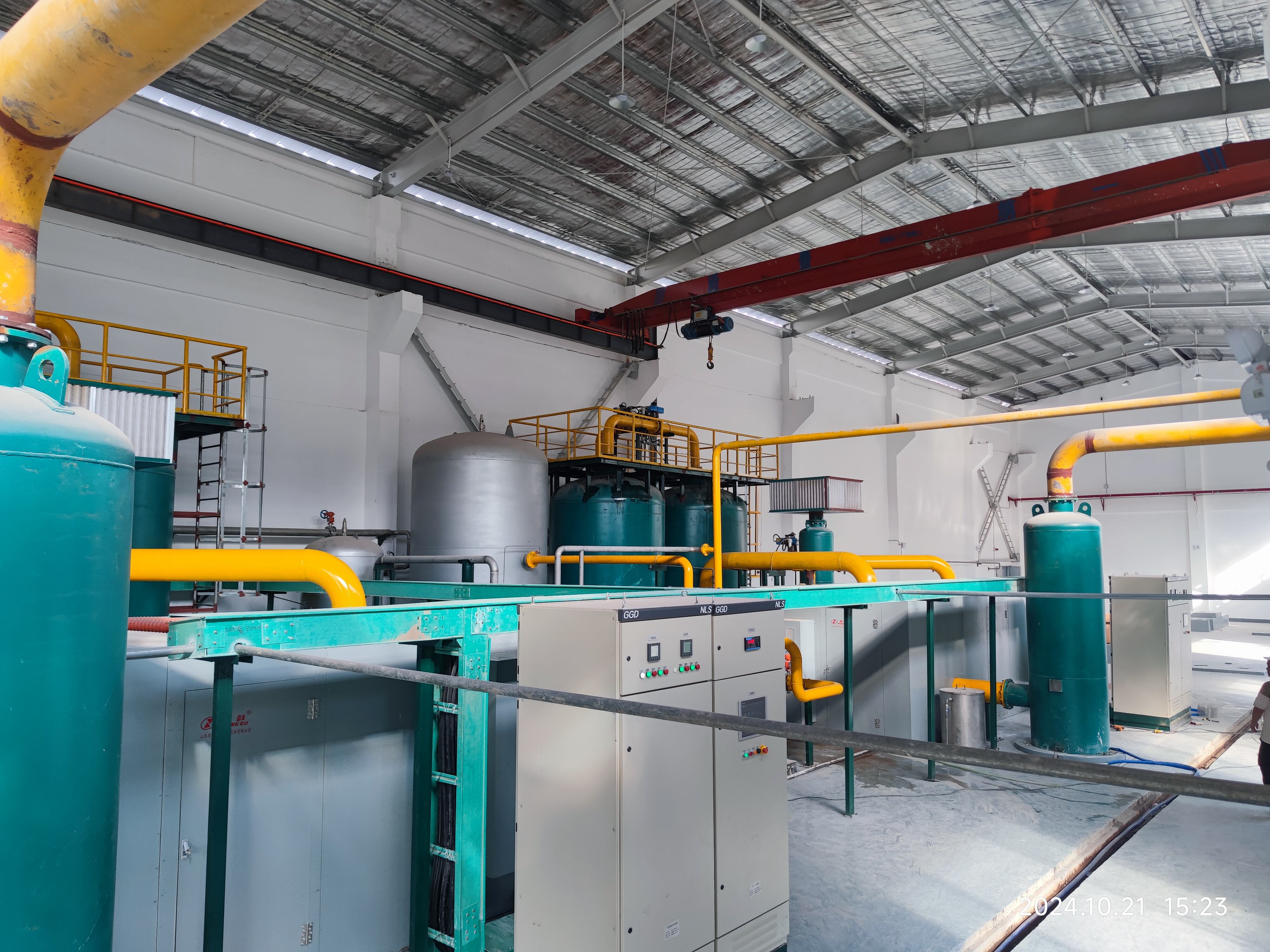वैक्युम स्विंग एड्सोरप्शन प्रक्रिया
वैक्यम स्विंग एड्सोरप्शन (VSA) एक बेहतरीन गैस अलग करण प्रौद्योगिकी का प्रतिनिधित्व करता है, जो दबाव के बदलाव के माध्यम से चयनित गैस कणों को पकड़ने और छोड़ने के लिए काम करता है। इस प्रक्रिया में विशेषज्ञ एड्सोरबेंट सामग्रियों का उपयोग किया जाता है, जो कम दबाव की स्थितियों में कुछ निर्दिष्ट गैस घटकों को आकर्षित करती हैं। प्रणाली एक गैस मिश्रण को वैक्यम स्थिति में एड्सोरबेंट बेड के माध्यम से खींचती है, जहाँ लक्षित कण पकड़े जाते हैं जबकि अन्य घटक बीच से गुजर जाते हैं। जब बेड संतृप्त हो जाता है, तो दबाव को समायोजित किया जाता है ताकि पकड़ी गई गैसों को छोड़ा जा सके, जिससे अलग करण चक्र पूरा हो जाता है। VSA प्रौद्योगिकी औद्योगिक अनुप्रयोगों में बढ़ती हुई महत्वपूर्ण हो रही है, विशेष रूप से ऑक्सीजन उत्पादन, नाइट्रोजन उत्पादन और कार्बन डाइऑक्साइड कैप्चर में। यह प्रक्रिया अपनी ऊर्जा कुशलता के लिए बेहतरीन है, क्योंकि यह मुख्यतः उप-वायुमंडलीय दबावों पर काम करती है, जिससे पारंपरिक दबाव स्विंग प्रणालियों की तुलना में कम संपीड़न ऊर्जा की आवश्यकता होती है। आधुनिक VSA स्थापनाएँ उन्नत नियंत्रण प्रणालियों को शामिल करती हैं जो चक्र समय और वैक्यम स्तर को अधिकतम अलग करण कुशलता और उत्पाद शुद्धता सुनिश्चित करने के लिए बदलती हैं। यह प्रौद्योगिकी चिकित्सा ऑक्सीजन सप्लाई प्रणालियों, भोजन संरक्षण, रसायन विनिर्माण और पर्यावरण संरक्षण पहलों में व्यापक रूप से अनुप्रयोग की जाती है। इसकी निरंतर, उच्च-शुद्धता गैस अलग करण की क्षमता और अपेक्षाकृत कम संचालन लागतों को बनाए रखने की क्षमता ने इसे विभिन्न औद्योगिक क्षेत्रों में पसंदीदा विकल्प बना दिया है। VSA प्रणालियों की पैमाने की योग्यता, छोटे चिकित्सा इकाइयों से बड़ी औद्योगिक स्थापनाओं तक, इसकी लचीलापन और व्यावहारिक अनुप्रयोग की क्षमता को और भी बढ़ाती है।


